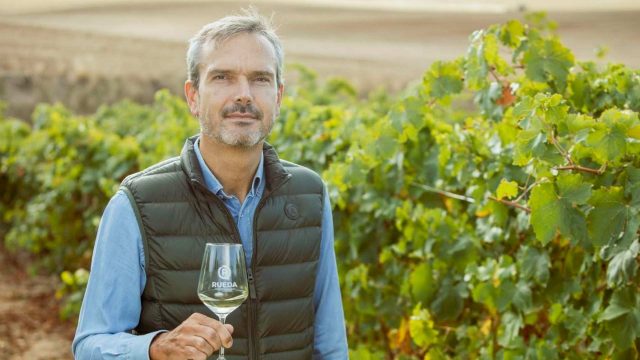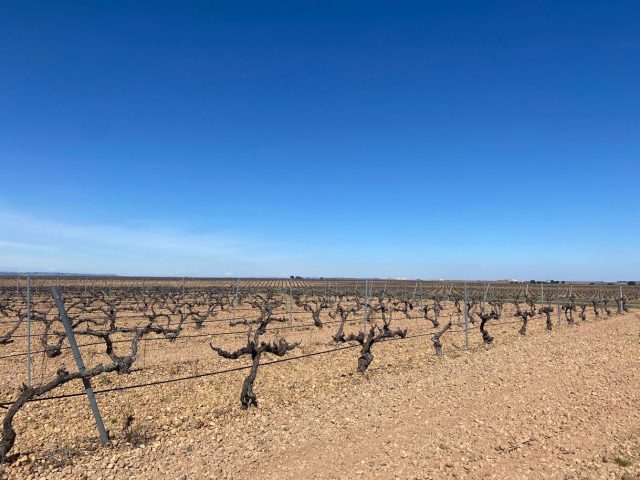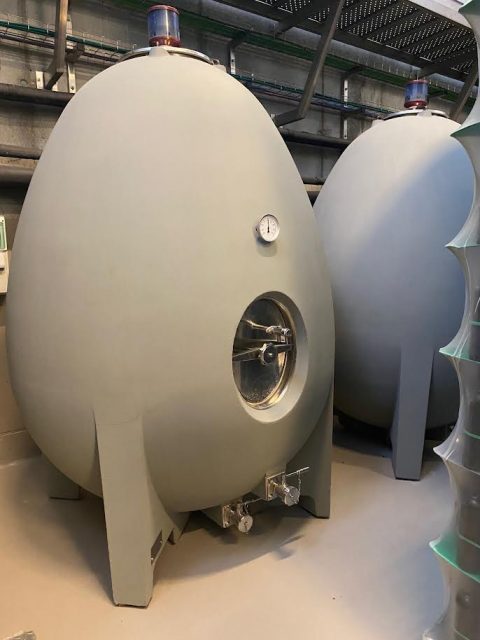Gran Vino de Rueda: bringing ‘longevity’ to the Verdejo grape
On a mission to position Rueda as the leader in quality Spanish white wines, the DO launched the Gran Vino de Rueda classification in 2021. A year on, and director Santiago Mora believes the new style will bring “longevity” to the Verdejo grape while retaining “freedom” for winemakers.

Spain’s most important region for white wines, Rueda, announced the launch of its Gran Vino de Rueda classification in May 2021, aiming to add prestige and value to the on-trade.
These wines are produced in vineyards that are more than 30 years old and with a yield of less than 6,500 kg/ha. The conversion rate of must to every kilo of grapes has to be less than 65%, using the highest quality free run juice to produce the wines.
Over 87% of the wines made in Rueda are produced from the native Verdejo grape, and DO director Santiago Mora believes the latest classification will bring more versatility to the region’s wines.
He says: “I’m always told the same by the local wineries here – especially the oenologists and the winemakers – that the possibilities of the Verdejo grape are still to be discovered.”
Young, fresh, unoaked wines are the most popular wines in Spain, which represents around 85% of the market for the DO.
But Mora hopes the classification will bring a new dimension to Rueda’s wines.

Launched in 2021, the first vintage of Gran Vino de Rueda was 2020, as the wines can only be released after a minimum of one year’s ageing from harvest.
Currently, 14 bodegas in the region have launched a Gran Vino de Rueda, but a number of wineries continue to work on aged expressions.
Partner Content
“Some wineries are working on the 2020 vintage right now, and they want to launch their Gran Vino de Rueda late next year, or even two years from now,” Mora says.
More local winemakers are set to tap into the new style, with a number of Verdejo producers from the region planning to release a 2021 Gran Vino de Rueda expression from October, and even more looking ahead to the 2022 vintage for their first aged expression.
“We are getting attraction from the local wineries,” says Mora. “Most importantly, they feel they can do it; they feel they have the grapes; they have the quality; they have the ancient vineyards as well. They have all they need and experience with Verdejo in order to obtain the Gran Vino de Rueda and try to supply the market.”
DO Rueda kicked off 2022 with a return to its historic upward sales trend, delivering 101,818,123 back labels in 2021, a figure that represents cumulative growth of 22.5%.
The Denominación de Origen is already the leading producer of white wines sold domestically, with more that 40% of the market share.
And the Gran Vino classification will only elevate the region’s offering, for both domestic and international markets.
“We are one of the most ancient regions for wine all over the world. We have pre-phylloxera vines and vineyards, we have the potential to have the best raw materials.”

Mora believes in the individuality of each winery shining through. Despite strict regulations on the age of vines and conversion rate of must to every kilo of grapes, Mora hopes to give winemakers “total freedom” to express themselves through their wines.
“It doesn’t matter if they use oak barrels, foudres, concrete eggs; it doesn’t matter how you are going to elaborate,” he says. “We have the potential to have the best raw material and at the same time, to give the winemakers total freedom: the best raw material, but total freedom in order to let them define their own personality, their own identity.”
Related news
Castel Group leadership coup escalates
For the twelfth day of Christmas...
Zuccardi Valle de Uco: textured, unique and revolutionary wines




